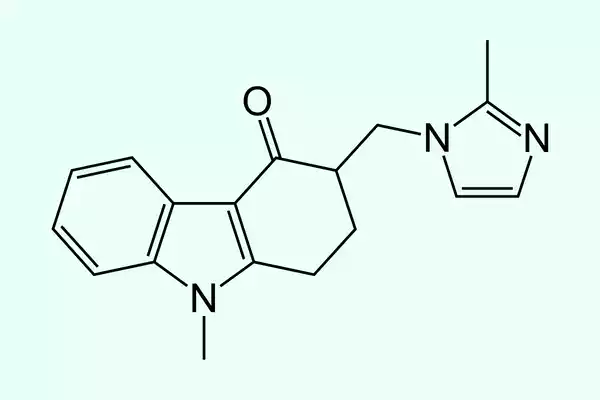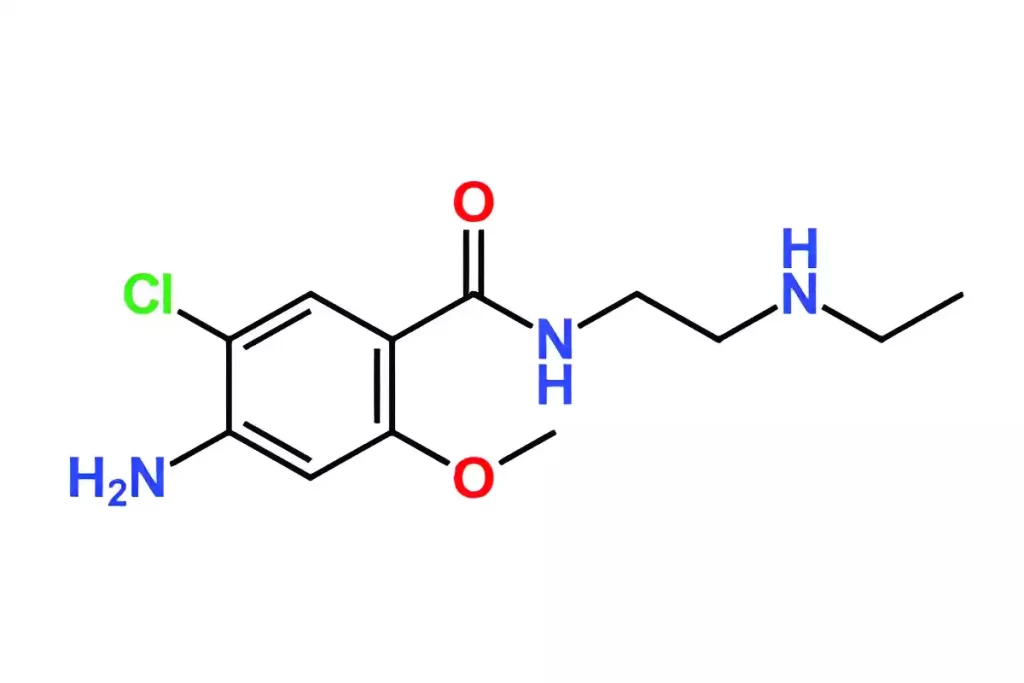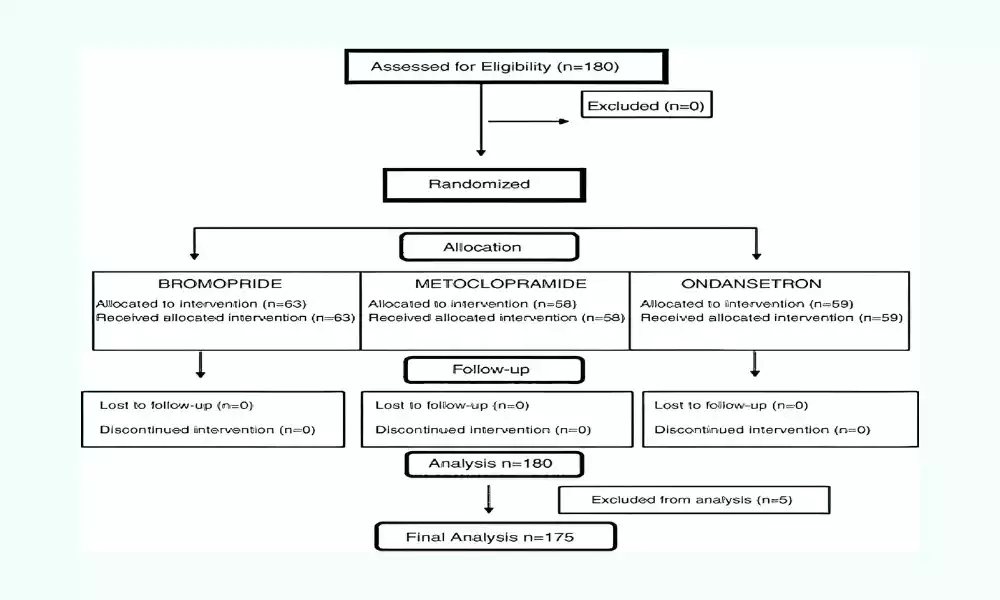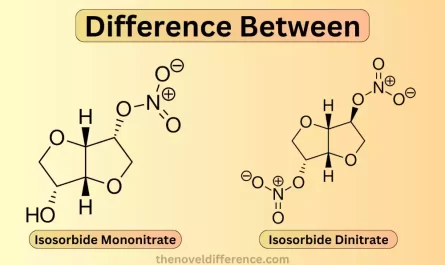The following definitions can be used to help you understand these two medications.
Ondansetron
Definition: Ondansetron, a prescription drug classified as a serotonin 5HT3 receptor antagonist is available on the market. Most commonly, it is used as an antiemetic to prevent nausea and vomiting.
Mechanism: It works by blocking serotonin action, a brain neurotransmitter, at the 5-HT3 receptors. This medication is especially effective at reducing nausea or vomiting that may be caused by radiation therapy, chemotherapy, or surgery.
Formulations: Ondansetron comes in different formulations, including tablets orally disintegrating (ODT), injectables, and oral tablets.

Metoclopramide
Definition: Metoclopramide, a medication that is used to treat gastrointestinal motility, has a definition. It is classified as an antagonist of the D2 receptor and also acts as a prokinetic.
Mechanism: Metoclopramide increases intestinal transit and gastric emptying by blocking dopamine receptors in the brain. It is therefore effective in treating gastroesophageal reflux disease (GERD) or delayed gastric emptying.
Formulations: Metoclopramide, like Ondansetron is available in a variety of forms, including oral tablets, injection solutions, and oral solutions.
Both drugs can be used to treat nausea and vomiting but they have different mechanisms of action, uses, and side effects. Ondansetron, which is commonly used to treat nausea and vomiting associated with chemotherapy or postoperative treatment, is better tolerated. Metoclopramide is used for a wider range of conditions, including GERD, gastroparesis, and other gastro-related problems. However, it comes with a greater risk of neurological side effects.

Mechanism of Action
By understanding the mechanisms of action, both patients and healthcare providers can make better decisions.
How each drug works:
Ondansetron
Mechanism of Action:
- Serotonin 5HT3 Receptor Antiagonist: Ondansetron blocks the action of serotonin on the 5-HT3 receptors. These receptors can be found in both the central nervous and peripheral systems, including in the gastrointestinal tract.
- Anti-Nausea and Anti-Vomiting Effect: By inhibiting the action of serotonin–a neurotransmitter involved in the initiation of nausea and vomiting–Ondansetron can prevent these symptoms. It is especially effective when serotonin levels are high, as they are during radiation or chemotherapy.
Cellular level:
- Selective binding: Ondansetron binds selectively to 5-HT3 receptors, preventing the activation of these receptors by serotonin.
- Inhibition Reflex: Serotonin stimulation usually causes a vomiting reaction. Ondansetron blocks this action and prevents the reflex from being initiated at the central as well as peripheral levels.
Metoclopramide
Mechanism of Action:
- Dopamine D2-Receptor Antagonist: Metoclopramide acts primarily by blocking dopamine D2 in the brain and gut.
- Prokinetic effects: In addition to its antiemetic effect, Metoclopramide speeds up gastric clearing and increases the lower esophageal muscle tone. This can be useful for conditions such as gastroesophageal reflux disease (GERD), and gastroparesis.
Cellular level:
- Blocking dopamine: Metoclopramide blocks the signaling pathways which normally slow gut motility.
- Acetylcholine Enhancement: Metoclopramide enhances the response of acetylcholine. This neurotransmitter improves muscle contractions within the gastrointestinal tract. This is what contributes to the prokinetic effects of metoclopramide.
Comparison:
- Both drugs have antiemetic effects, but they work via different neurotransmitter systems: Ondansetron acts through serotonin while Metoclopramide works through dopamine.
- Ondansetron, in general, is considered to be more effective and well-tolerated when it comes to preventing nausea and vomiting due to chemotherapy, radiation, and surgery.
- Metoclopramide is used for a wide range of conditions, not only antiemetic but also to treat GERD or gastroparesis.
- Understanding these mechanisms of action can help you better understand why certain drugs may be better suited for specific medical conditions, and which side effects are more likely.
Ondansetron and Metoclopramide comparison chart
| Criteria | Ondansetron | Metoclopramide |
|---|---|---|
| Classification | Serotonin 5-HT3 Receptor Antagonist | D2-Receptor Antagonist & Prokinetic |
| Mechanism of Action | Blocks serotonin at 5-HT3 receptors | Blocks dopamine at D2 receptors; enhances gastrointestinal motility |
| Primary Uses | Chemotherapy-induced nausea and vomiting (CINV), postoperative nausea, pregnancy-related nausea | GERD, gastroparesis, CINV, postoperative nausea |
| Formulations | Tablets, Orally Disintegrating Tablets (ODT), Injection | Tablets, Oral Solution, Injection |
| Dosage | Varies depending on condition; usually 4mg–8mg for adults | Varies; usually 10mg–20mg for adults |
| Common Side Effects | Headache, constipation, dizziness | Drowsiness, extrapyramidal symptoms, diarrhea |
| Contraindications | Hypersensitivity to the drug, caution in people with liver issues | Hypersensitivity to the drug, pheochromocytoma, epilepsy, Parkinson’s disease |
| Drug Interactions | May interact with other serotonergic agents, apomorphine | May interact with alcohol, antipsychotics, and other CNS depressants |
| Efficacy | Generally considered highly effective for CINV and postoperative nausea | Effective for a broader range of gastrointestinal issues but may be less tolerated |
| Special Populations | Generally considered safe in pregnancy (consult healthcare provider) | Caution in pregnancy, higher risk in the elderly due to CNS effects |
| Cost | Generally more expensive | Generally less expensive |
| Availability | Prescription-only | Prescription-only |
Note: The information in this chart is for educational purposes and is not a substitute for professional medical advice. Always consult with a healthcare provider for medical advice and treatment.
Side Effects and Contraindications
It is important for patients, caregivers, and healthcare providers to understand the side effects and contraindications associated with medications. Ondansetron and metoclopramide side effects and contraindications are listed below.
Ondansetron
Side effects:
- Side effects:
- Headache
- Constipation
- Dizziness
- Less common side effects:
- Fatigue
- Diarrhea
- Abdominal pain
- Serious side effects:
- Serotonin Syndrome (when taken with other serotonergic medications)
- Allergic reactions
Contraindications:
- Hypersensitivity: People who have a known hypersensitivity to Ondansetron, or any of its components, should avoid taking the medication.
- Liver Problems: Individuals with liver issues should exercise caution since the drug is metabolized in the liver.
- Cardiac concerns: Although generally considered safe, certain studies have raised doubts about possible cardiac side effects, such as QT prolongation. This is particularly true when taken in high doses, or combined with other medications which have similar effects.
Metoclopramide
Side effects:
- Common side effects:
- Drowsiness
- Fatigue
- Diarrhea
- Less common side effects:
- Restlessness
- Insomnia
- Nausea
- Serious side effects:
- Extrapyramidal symptoms (movement disorders)
- Long-term use of a drug can cause a condition called tardive dyskinesia.
- Neuroleptic Malignant Syndrome (rare but severe).
Contraindications:
- Hypersensitivity Individuals who have a known hypersensitivity should avoid Metoclopramide.
- Pheochromocytoma is Contraindicated for individuals with pheochromocytoma because of the risk of hypertensive crises.
- Epilepsy Should be used with caution in epileptics as it can lower the seizure threshold.
- Parkinson’s Disease: Contraindicated for individuals with Parkinson’s Disease, as it can exacerbate symptoms.
- Gastrointestinal Obstruction Not suitable for people with mechanical gastrointestinal obstruction.
Comparative Notes:
- Tolerance Ondansetron has a better tolerance, while Metoclopramide is associated with more side effects affecting the central nervous system.
- Special Populations Both medications should only be used under the supervision of a healthcare professional in special populations, such as pregnant women and elderly people.
Consult your healthcare provider to get an accurate diagnosis. This information is only for educational purposes. It is not intended as a replacement for medical advice.
Drug Interactions
Understanding drug interactions can help ensure medication safety. Here is a list of common drug interactions associated with Ondansetron or Metoclopramide.
Ondansetron
Interactions that could occur:
- Serotonergic drugs: Combining Ondansetr and other drugs that influence serotonin could lead to the syndrome. Examples include SSRIs, such as fluoxetine, and SNRIs, such as venlafaxine.
- Apomorphine: is Contraindicated in severe hypotension or loss of consciousness.
- Antipsychotics: Some antipsychotics have also QT-prolonging properties. Ondansetron increases the risk of QT lengthening when used in conjunction with it.
- Antiarrhythmics: Drugs such as amiodarone and sotalol can also interact, increasing the risk of prolonging QT.
Precautions:
- Cardiac Monitor: If Ondansetron and other drugs that alter the QT interval are used together, cardiac monitoring is recommended.
Metoclopramide
Interactions that could occur:
- CNS Decayants: Metoclopramide can have additive effects if taken with alcohol, other CNS depressants, or sedatives.
- Antipsychotics: increase the risk for extrapyramidal symptomatology (movement disorders).
- Anticholinergic drugs: Medicines with anticholinergic effects can counteract Metoclopramide’s prokinetic effects.
- Insulin: This can affect blood glucose levels and insulin needs.
- Monoamine Oxidase (MAOIs): Hypertensive Crisis Risk.
Precautions:
- Medical Supervision: Due to the possibility of significant interactions, Metoclopramide must be used with caution and under medical supervision if combined with other medications.
Comparative Notes:
- Complexity Interactions: Metoclopramide has a wider range of interactions because of its multiple mechanisms.
- Cardiac concerns: Ondansetron is a drug that can have a negative effect on QT intervals, particularly when combined with similar medications.
The information presented here is intended to be educational. Ondansetron and Metoclopramide users should seek medical advice to determine if there are any drug interactions. This will be based on the patient’s complete medical history, including their current medications.
Efficacy
Ondansetron’s and Metoclopramide’s efficacy varies according to the clinical scenario. This includes the medical condition being addressed and the patient population. Here’s a brief overview:
Ondansetron
Efficacy:
- Chemotherapy-Induced Nausea (CINV): Ondansetron has been shown to be highly effective at preventing CINV. It is often prescribed as a first-line option.
- Postoperative Vomiting and Nausea: Widely used and effective for the prevention of nausea after surgery.
- Pregnancy-Related Nausea: Effectively treats severe nausea and vomiting during pregnancy. Other options such as doxylamine or pyridoxine may be tried first.
Limitations:
- Cost: Ondansetron is expensive, particularly in some formulations such as orally disintegrating tablets.
Metoclopramide
Efficacy:
- Gastroesophageal reflux disease (GERD): Effective treatment of GERD through improving gastric emptying, and increasing the lower esophageal sphincter’s tone.
- Gastroparesis: One of the few treatments available, but its potential side effects are long-lasting.
- Antiemetic: Used less frequently than Ondansetron, but is still effective in CINV.
- Postoperative Vomiting and Nausea: Although this treatment can be used, it is usually considered second or third-line because of its side effects profile.
Limitations:
- Side effects: The use of this drug is limited by the side effects it causes, such as extrapyramidal symptomatology.
- Elderly population: It is usually avoided by the elderly due to the risk of extrapyramidal syndromes and tardive dyskinesia.
Cost and Accessibility
Ondansetron
- Cost: Generally more expensive, especially in formulations like orally disintegrating tablets.
- Accessibility: Widely available by prescription. Sometimes used in over-the-counter anti-nausea medications in certain countries.
Metoclopramide
- Cost: Typically less expensive, making it more accessible for long-term use or for patients on a budget.
- Accessibility: Also widely available by prescription but not commonly found in over-the-counter formulations.
Comparative Notes
- Insurance Coverage: Both drugs are usually covered by insurance plans, but co-pays and coverage details may vary.
- Generic Availability: Generic options are available for both medications, offering cost savings over brand names.
Always consult with healthcare providers and pharmacists for the most accurate and personalized information on medication costs and accessibility.
Summary and Conclusion
Ondansetron is effective at treating nausea and vomiting, but it has different mechanisms of action, side effects profiles, and uses. Ondansetron, which is more well-tolerated and effective for chemotherapy-induced vomiting, is preferred. Metoclopramide can be used for a wider range of gastrointestinal problems but is associated with more side effects.
Ondansetron is generally more expensive. Both drugs require a prescription, and they should be taken under medical supervision in order to avoid interactions and contraindications.
Reference website
- “Ondansetron: MedlinePlus Drug Information” – Provides detailed information on dosage, side effects, and precautions.
- “Metoclopramide: MedlinePlus Drug Information” – Similar to the above, but focused on Metoclopramide.




